Let me start writing the content now.Now that I have comprehensive research on Asian bedroom design trends, I'll create detailed content covering 20 distinct Asian bedroom ideas. Let me craft this informative guide that balances practical advice with cultural authenticity.
Step into the serene world of Asian bedroom design, where ancient wisdom meets modern comfort to create spaces that nurture both body and soul. These thoughtfully curated bedroom concepts draw inspiration from Japan's minimalist philosophy, China's feng shui harmony, Korea's traditional hanok architecture, and Southeast Asia's tropical elegance. Each approach offers unique pathways to transform your sleeping sanctuary into a peaceful retreat that promotes rest, reflection, and renewal. Whether you're drawn to the clean lines of Japanese zen aesthetics, the balanced energy flow of Chinese design principles, or the warm natural materials of Thai-inspired spaces, these bedroom ideas will guide you toward creating a harmonious environment that reflects the timeless beauty and wisdom of Asian design traditions.
1. Japanese Minimalist Platform Bedroom Design
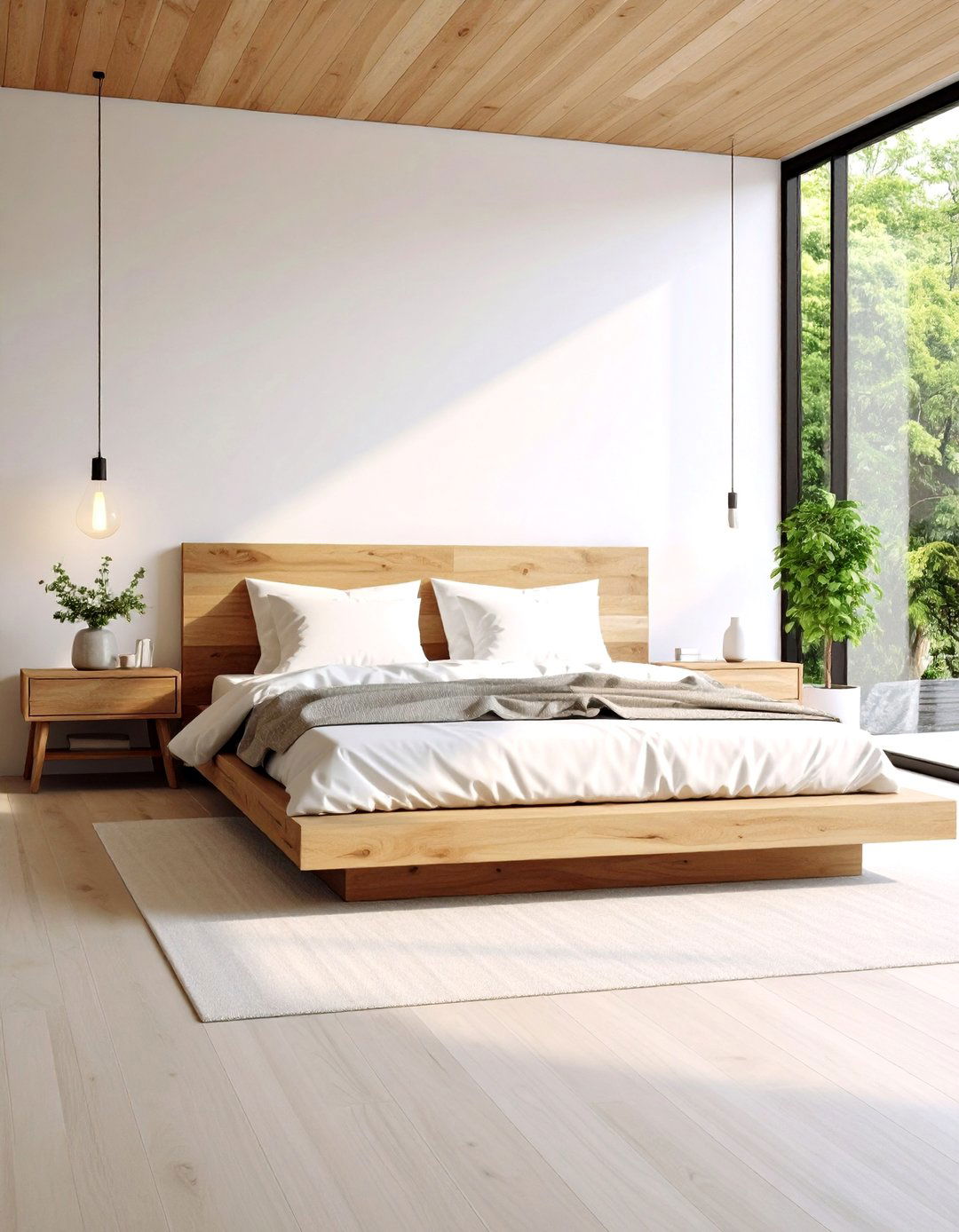
A low platform bed creates the foundation of authentic Japanese bedroom aesthetics, bringing you closer to the ground while embodying the principle of simplicity. This design approach eliminates unnecessary furniture pieces, focusing instead on clean lines and functional beauty that promotes mental clarity and peaceful sleep. Choose a solid wood platform with minimal ornamentation, allowing the natural grain to speak for itself. The absence of a traditional bed frame creates an open, airy feeling that makes even small bedrooms feel spacious and uncluttered. Pair your platform bed with crisp white linens and a single decorative pillow to maintain the serene, unadorned aesthetic that characterizes Japanese bedroom design principles.
2. Feng Shui Command Position Bedroom Layout
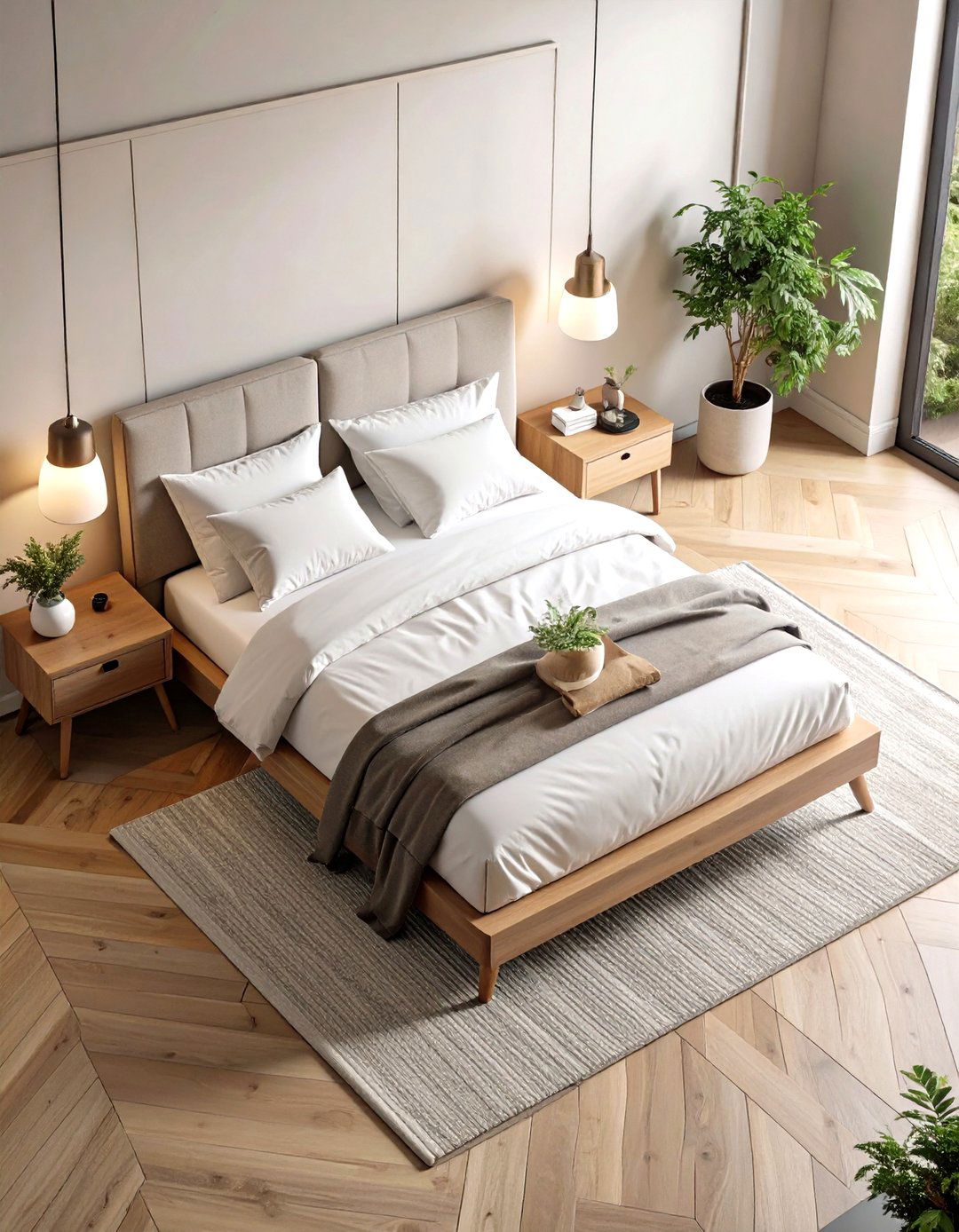
Positioning your bed diagonally across from the door creates the commanding position essential for optimal feng shui energy flow in your bedroom space. This strategic placement allows you to see anyone entering while providing a sense of security and control that promotes restful sleep. Avoid placing your bed directly in line with the door, as this creates rushing energy that can disrupt sleep patterns. Ensure equal space on both sides of the bed to maintain balance and harmony, representing equality in relationships. The commanding position also incorporates a solid wall behind the headboard for support, symbolizing stability and strength in your personal life and professional endeavors.
3. Korean Hanok Ondol Heated Floor System

The traditional Korean ondol heating system warms your bedroom from the ground up, creating comfortable sleeping conditions during cold months while maintaining the cultural authenticity of hanok architecture. This radiant floor heating allows you to sleep on thin floor mattresses called yo, bringing you closer to the earth while providing therapeutic warmth that penetrates your body. Modern adaptations include electric radiant floor heating systems that replicate the ondol experience without traditional wood-burning methods. The heated floors eliminate the need for bulky heating equipment, maintaining the clean, uncluttered aesthetic essential to Korean bedroom design. This system also promotes better air quality compared to forced-air heating methods.
4. Thai Tropical Canopy Bedroom Retreat

Flowing white curtains suspended from the ceiling create a romantic Thai-inspired canopy that transforms your bedroom into a tropical sanctuary reminiscent of luxury resort accommodations. This design element provides privacy and intimacy while allowing air circulation essential for comfortable sleep in warm climates. Use lightweight fabrics like cotton or linen that flutter gently with air movement, creating a sense of peaceful motion that soothes the senses. The canopy also serves as a room divider in open-concept spaces, creating a defined sleeping area without permanent walls. Choose natural fiber fabrics in white or cream to maintain the light, airy feeling characteristic of Southeast Asian bedroom design.
5. Zen Garden Bedroom Meditation Corner

Create a dedicated meditation space within your bedroom using a small zen garden with raked sand and carefully placed stones to promote daily mindfulness practice. This corner becomes a focal point for morning reflections and evening gratitude, supporting your overall well-being and spiritual growth. Use a wooden tray filled with fine sand and a small rake to create patterns that represent flowing water or ocean waves. Add a single stone or small Buddha statue as a meditation focal point, keeping decorations minimal to avoid distraction during contemplative moments. The act of raking the sand provides a meditative ritual that helps transition your mind from daily stresses to peaceful rest.
6. Chinese Five Elements Bedroom Balance
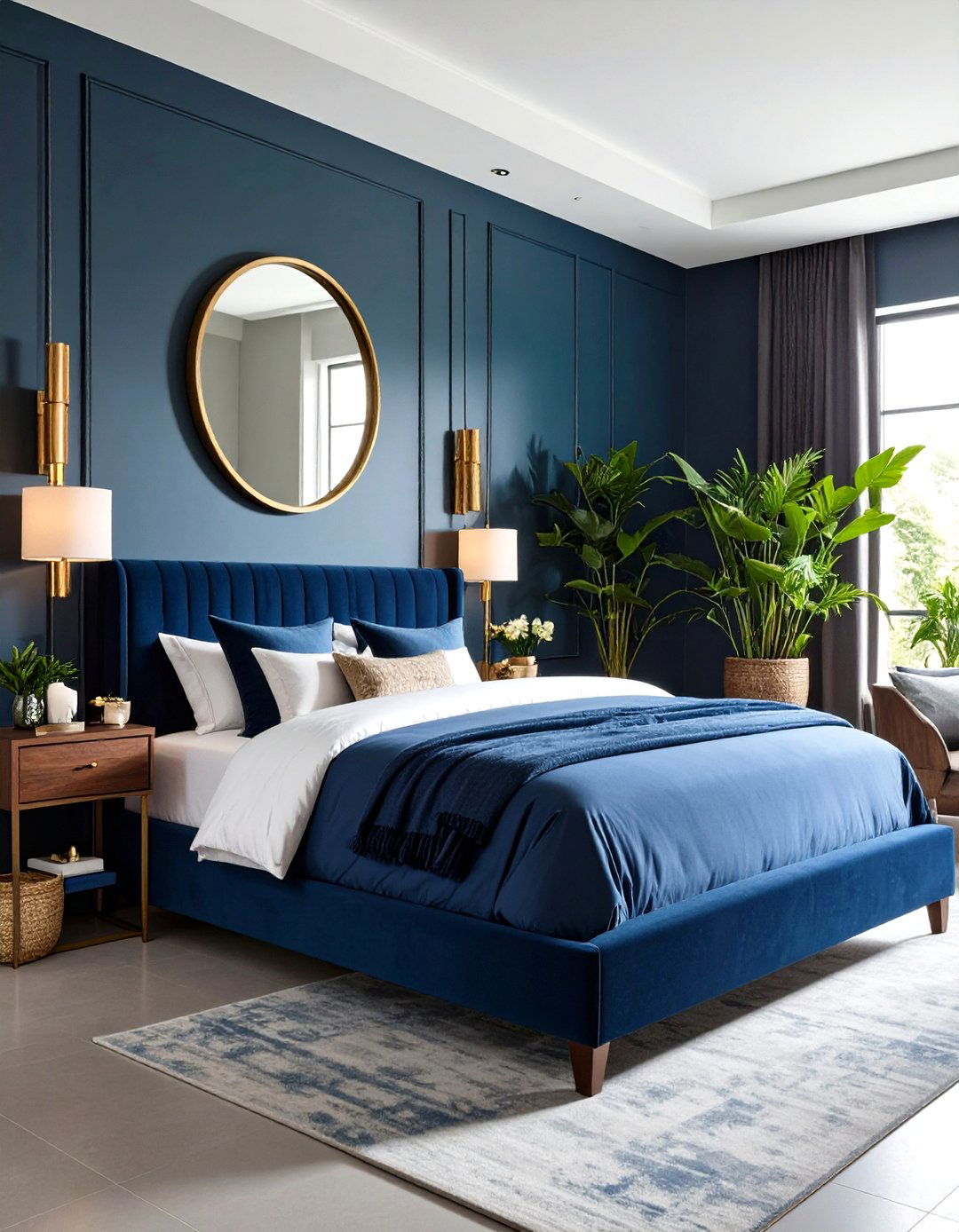
Incorporate wood, fire, earth, metal, and water elements throughout your bedroom to create harmonious energy flow according to traditional Chinese feng shui principles. Wood elements include bamboo furniture and live plants that promote growth and vitality in your personal relationships. Fire elements manifest through candles, warm lighting, and red accent colors that energize your space with passion and creativity. Earth elements appear in clay pottery, stone sculptures, and neutral color palettes that ground your energy and promote stability. Metal elements shine through brass fixtures, silver frames, and white color schemes that enhance clarity and organization. Water elements flow through small fountains, mirrors, and dark blue accents that attract abundance and wisdom.
7. Japanese Shoji Screen Room Divider

Traditional shoji screens made from wooden frames and translucent rice paper create flexible room divisions while maintaining the open flow essential to Japanese bedroom design. These panels slide smoothly on tracks, allowing you to reconfigure your space for different activities like sleep, meditation, or reading. The soft, diffused light filtering through rice paper creates a gentle, calming ambiance that changes beautifully throughout the day. Modern interpretations use frosted glass or fabric panels that provide similar aesthetic benefits while offering greater durability for everyday use. Position shoji screens to create separate areas for sleeping and dressing, or use them to conceal storage areas while maintaining visual harmony.
8. Hanok Hanji Paper Wall Covering
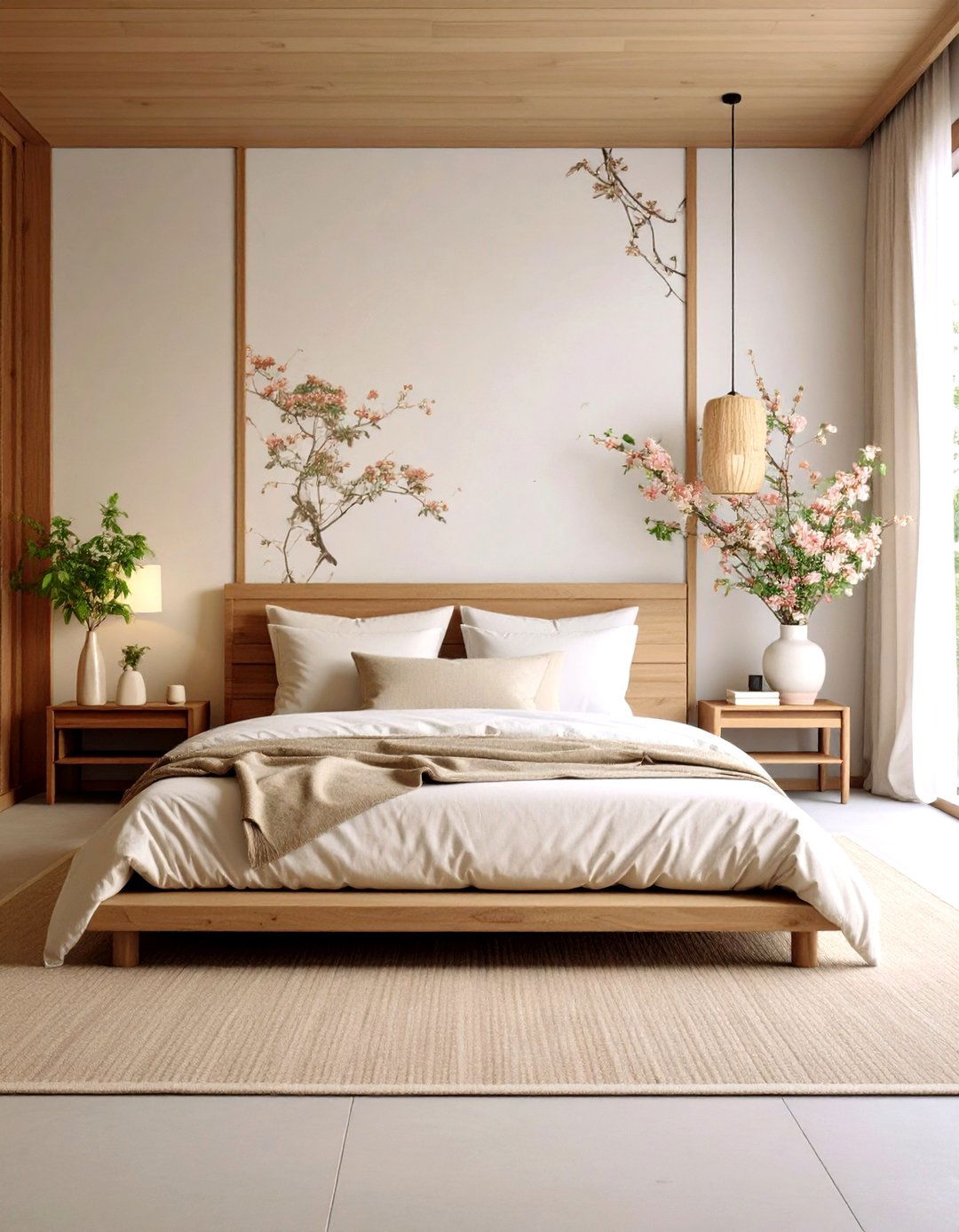
Traditional Korean hanji paper made from mulberry bark creates beautiful, breathable wall coverings that regulate humidity while adding authentic cultural elements to your bedroom design. This natural material changes subtly with lighting conditions, creating dynamic visual interest throughout the day without overwhelming the space. Hanji paper acts as a natural air purifier, trapping dust particles and improving indoor air quality for better sleep and respiratory health. Choose neutral colors like cream, soft gray, or natural white to maintain the serene atmosphere characteristic of Korean bedroom aesthetics. The paper's natural texture adds warmth and depth to walls without requiring bold patterns or colors that might disrupt peaceful sleep.
9. Thai Teak Wood Bedroom Furniture

Rich teak wood furniture brings warmth and natural beauty to Thai-inspired bedrooms while providing durability that withstands humid tropical climates. Choose pieces with carved details that reflect traditional Thai craftsmanship, such as intricate floral patterns or geometric designs that add visual interest without overwhelming the space. A teak bed frame with a high headboard creates a dramatic focal point while maintaining the natural materials philosophy central to Southeast Asian design. Complement teak furniture with matching nightstands and a low bench at the foot of the bed for authentic styling. The natural oils in teak wood provide resistance to moisture and insects, making it an ideal choice for bedroom furniture that will last for generations.
10. Tatami Mat Flooring System
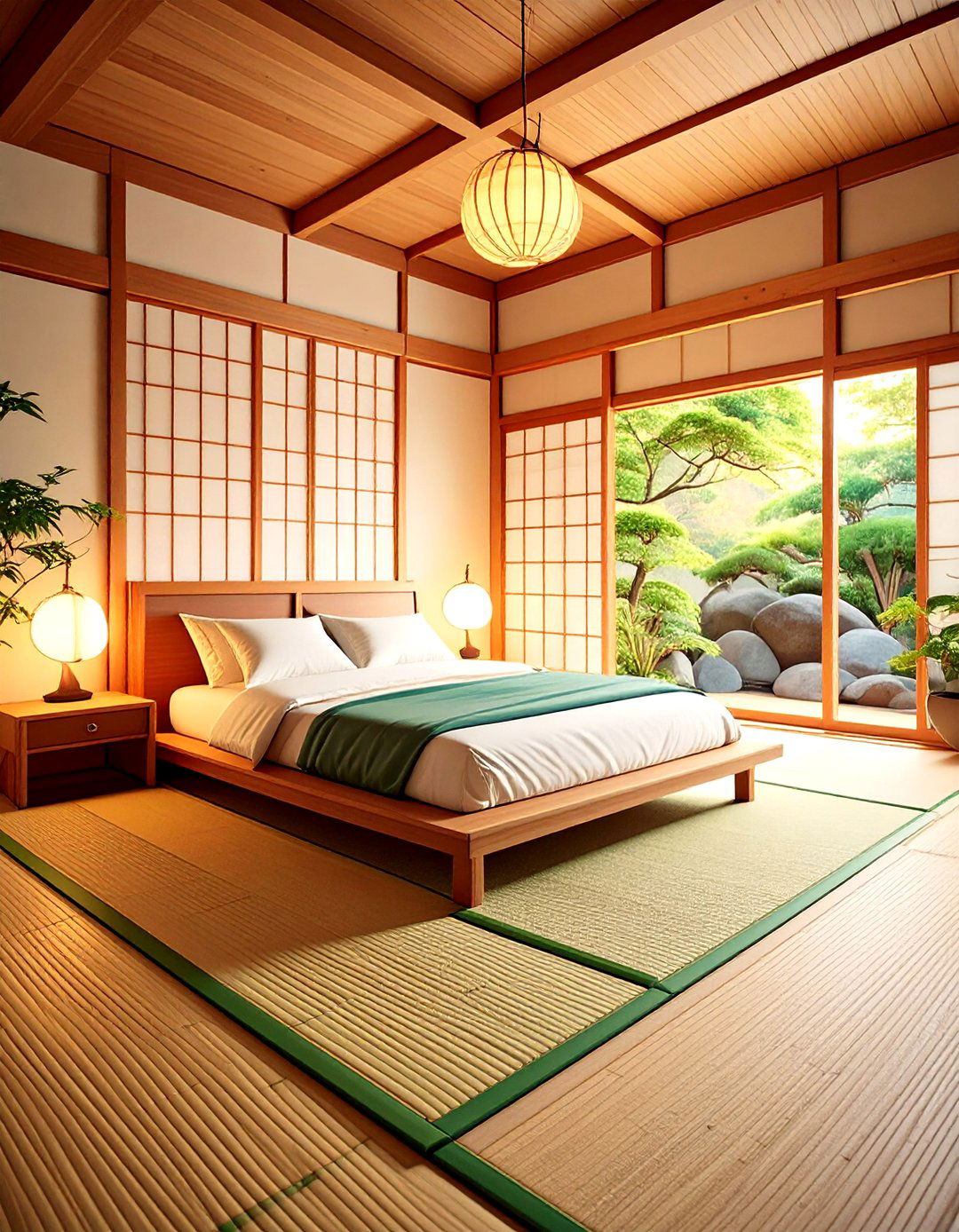
Traditional Japanese tatami mats create a natural, comfortable flooring surface that provides slight cushioning while maintaining the connection to earth essential in zen bedroom design. These woven rush mats offer natural insulation and temperature regulation, staying cool in summer and retaining warmth in winter for year-round comfort. The standardized size of tatami mats helps determine room proportions in traditional Japanese architecture, creating harmonious spatial relationships throughout your bedroom. Modern tatami alternatives include bamboo mats or natural fiber rugs that provide similar aesthetic benefits with easier maintenance requirements. The natural fragrance of fresh tatami mats creates an authentic sensory experience that enhances the peaceful atmosphere of your Asian-inspired bedroom.
11. Buddhist Meditation Altar Space
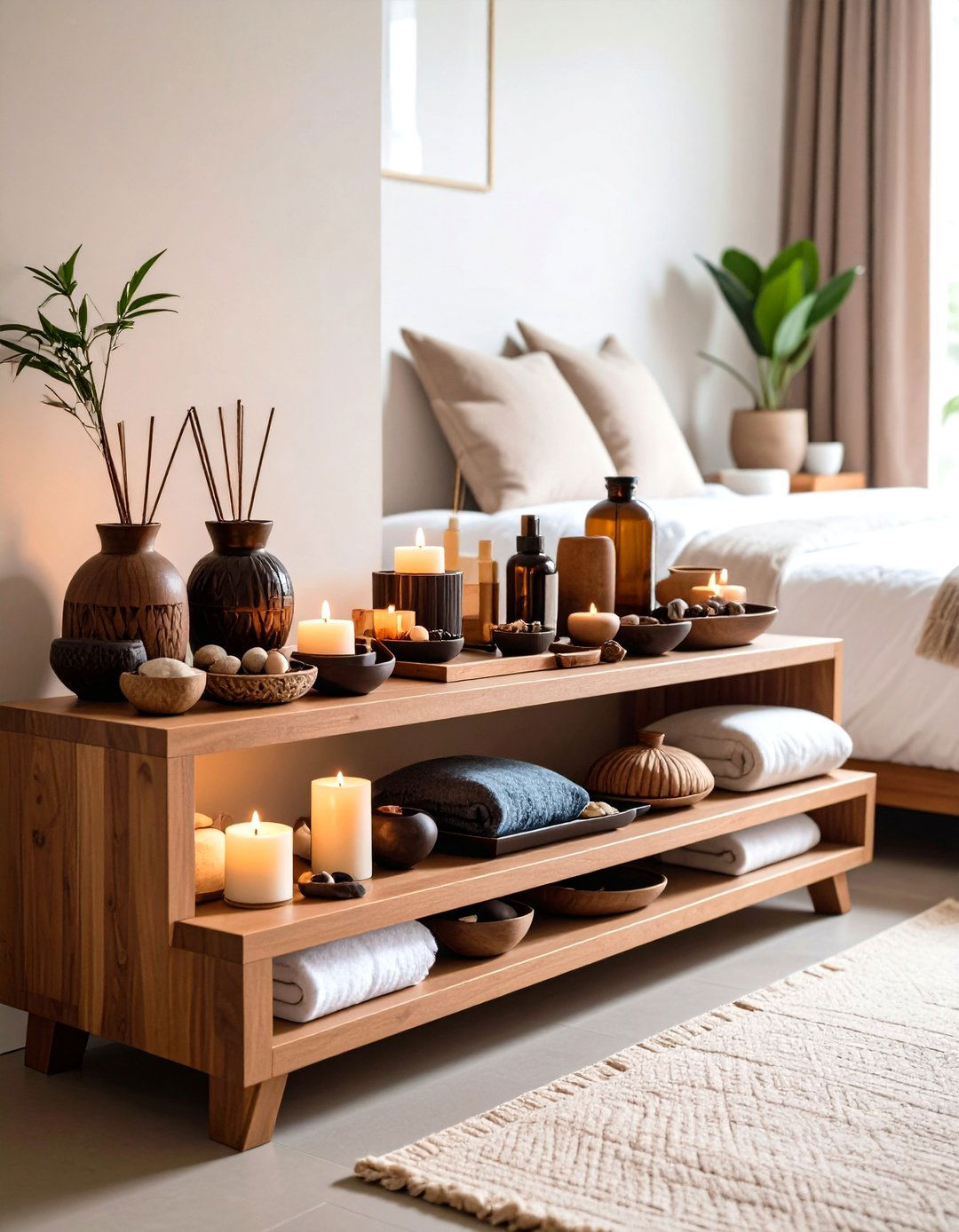
Design a small altar area within your bedroom dedicated to meditation and spiritual practice, incorporating elements like incense holders, small statues, and meaningful objects that support your spiritual journey. This sacred space serves as a daily reminder of your intentions and values, creating a focal point for morning and evening reflection. Use a low wooden table or shelf to display carefully chosen items that hold personal significance, keeping the arrangement simple and uncluttered. The altar becomes a place for setting intentions, expressing gratitude, and maintaining spiritual balance in your daily life. Position this space away from the bed to create appropriate boundaries between sleep and spiritual practice.
12. Asian-Inspired Water Feature
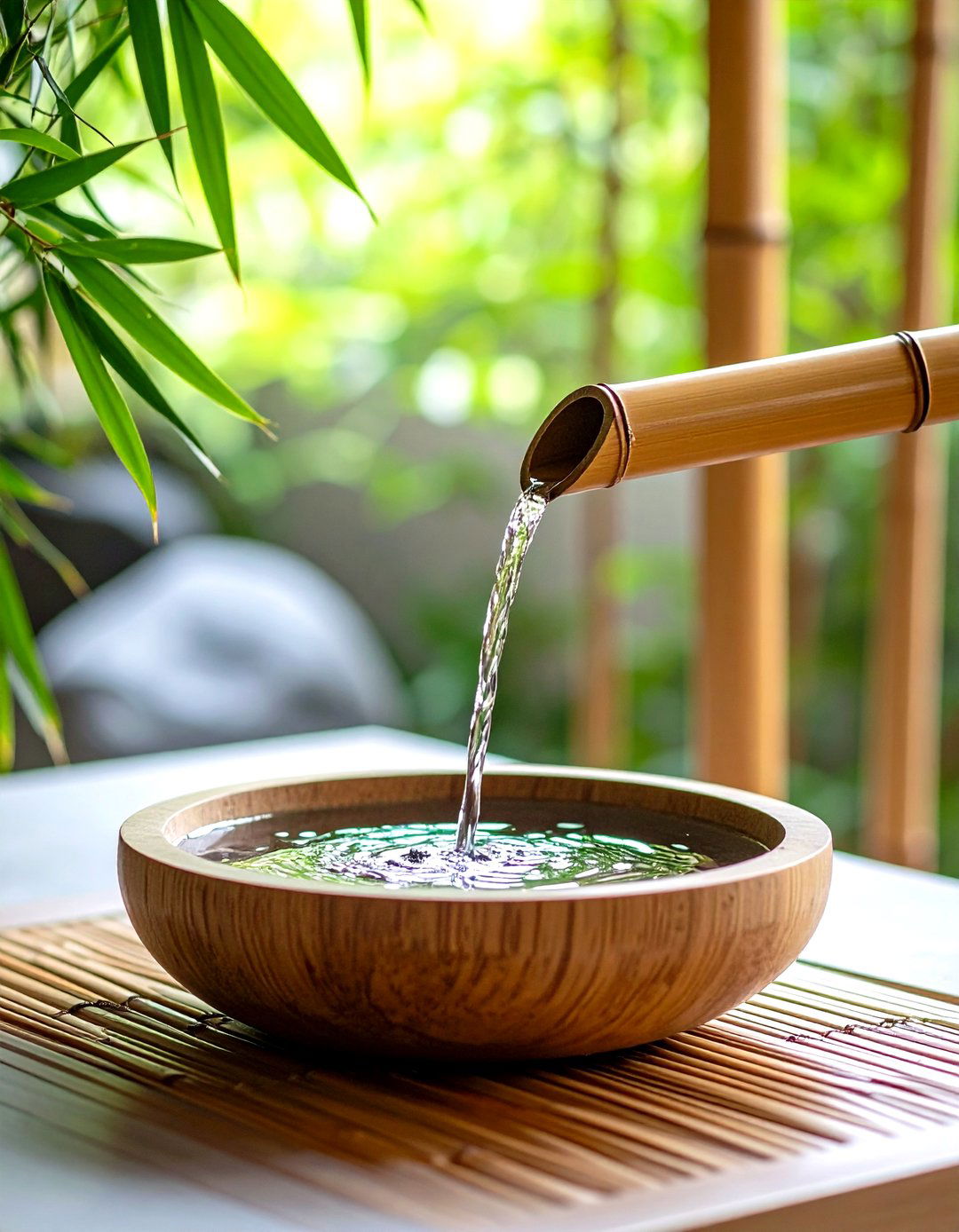
A small tabletop fountain or wall-mounted water feature introduces the soothing sound of flowing water while incorporating the water element essential to feng shui bedroom design. The gentle trickling sound masks household noises and creates a natural white noise that promotes deeper, more restful sleep. Choose designs that complement your overall bedroom aesthetic, such as bamboo fountains for Japanese themes or carved stone features for Chinese-inspired spaces. The movement of water symbolizes the continuous flow of positive energy throughout your bedroom, attracting abundance and good fortune. Ensure proper placement away from electrical outlets and consider battery-operated options for safer bedroom use.
13. Korean Maru Wooden Floor Platform
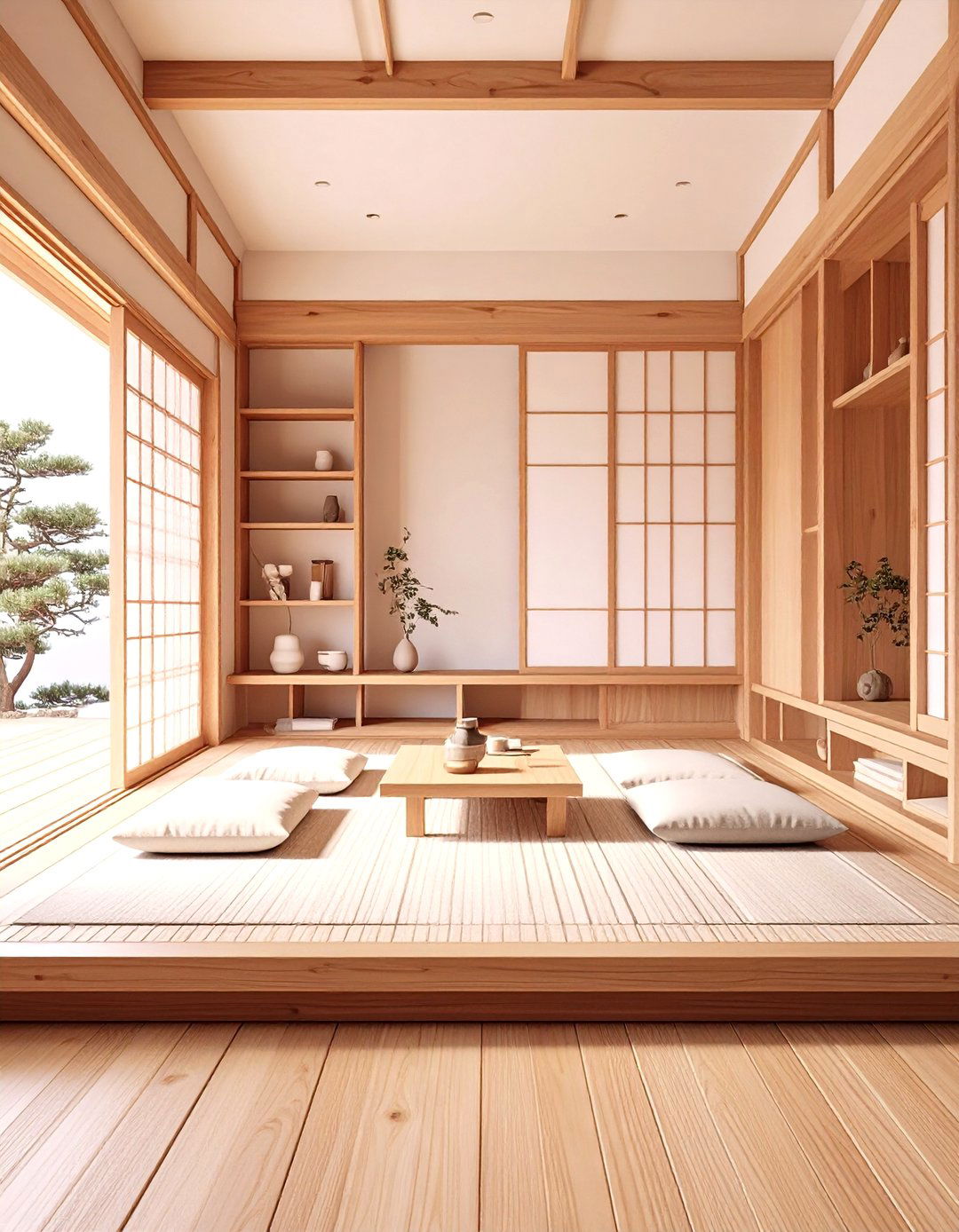
Create a raised wooden platform area within your bedroom that serves as a multipurpose space for reading, meditation, or casual seating, following traditional Korean hanok design principles. This elevated section defines different functional zones within your bedroom while maintaining the open, flowing layout characteristic of Korean architecture. Use warm wood tones like pine or oak that complement your existing furniture and create visual continuity throughout the space. The platform can incorporate hidden storage compartments for seasonal bedding or personal items, maximizing functionality while maintaining clean lines. Add floor cushions or a low table to create a comfortable area for morning tea or evening journaling.
14. Silk Textile Accent Elements
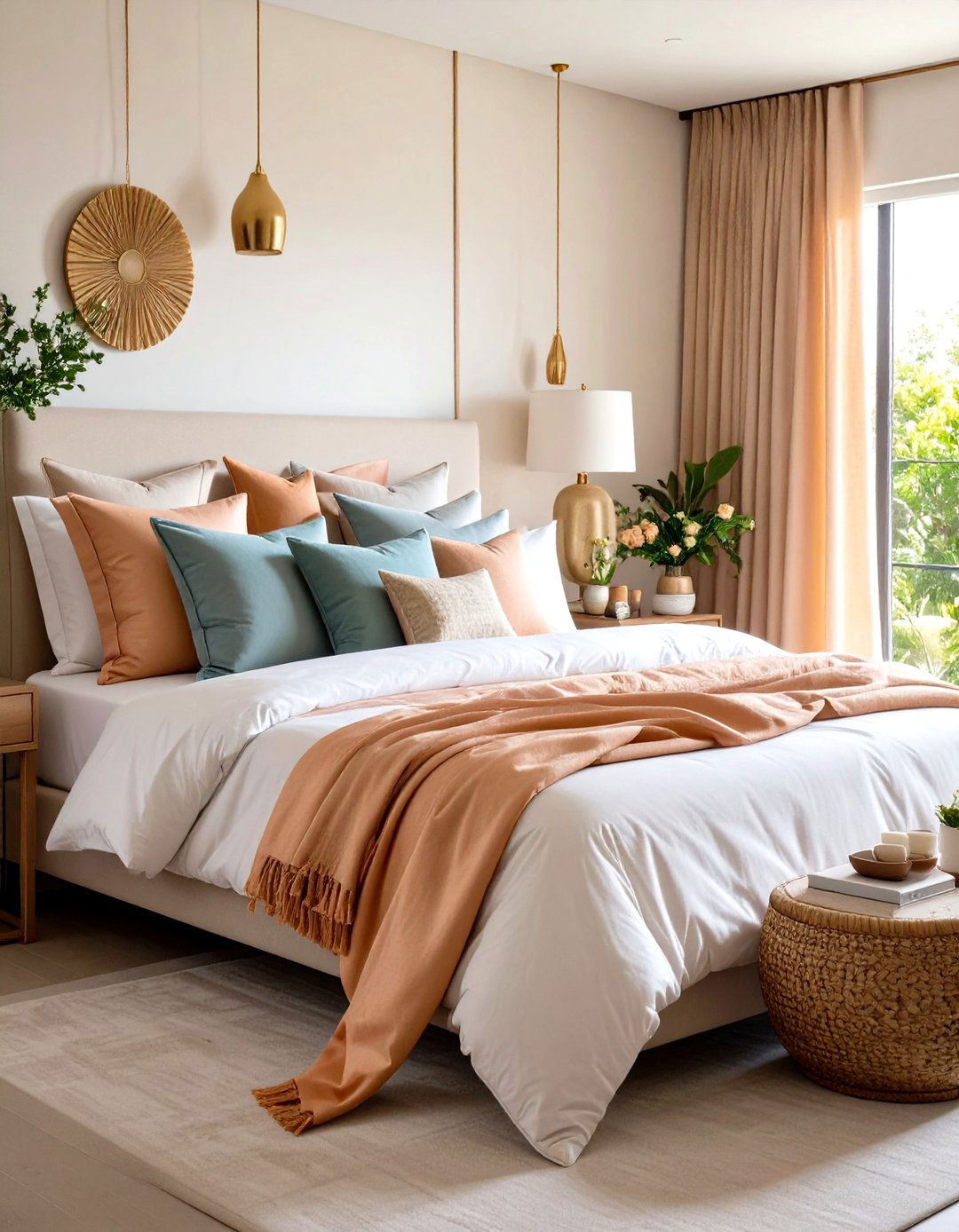
Incorporate luxurious silk textiles through throw pillows, curtains, and decorative wall hangings that add color and texture while reflecting the rich textile traditions of Asian cultures. Choose colors inspired by traditional Asian palettes, such as deep jade green, golden yellow, or rich burgundy that create visual warmth without overwhelming the serene bedroom atmosphere. Silk naturally regulates temperature and feels cool against the skin, making it an ideal choice for bedroom textiles in any climate. The natural sheen of silk changes with lighting conditions, creating subtle visual interest that evolves throughout the day. Mix silk with other natural fibers like cotton or linen to create texture contrast while maintaining the authentic material philosophy of Asian design.
15. Bamboo Bedroom Accessories

Bamboo accessories bring sustainable natural beauty to your bedroom while incorporating the growth and flexibility symbolism important in Asian philosophy. Use bamboo containers for storage, lamp bases for warm lighting, and decorative screens for privacy or room division. The natural variations in bamboo grain and color add organic visual interest without requiring bold patterns or artificial decorations. Bamboo grows quickly and regenerates naturally, making it an environmentally conscious choice that aligns with the harmony-with-nature principles central to Asian design. Choose accessories in matching tones to create visual cohesion, or mix different bamboo finishes for subtle texture variation that maintains the natural aesthetic.
16. Japanese Futon Sleeping System

A traditional Japanese futon provides a minimalist sleeping solution that can be folded and stored during the day, creating a multipurpose bedroom space that adapts to your changing needs. This approach eliminates the need for a permanent bed frame, allowing your bedroom to serve as a meditation space, exercise area, or study during daytime hours. High-quality futons made from natural materials like cotton or buckwheat hulls provide comfortable support while maintaining the authentic Japanese aesthetic. The practice of setting up and putting away your bedding each day creates a mindful routine that helps transition between sleep and waking states. Choose neutral colors and simple patterns that complement your overall bedroom design while supporting the minimalist philosophy.
17. Feng Shui Mirror Placement Strategy
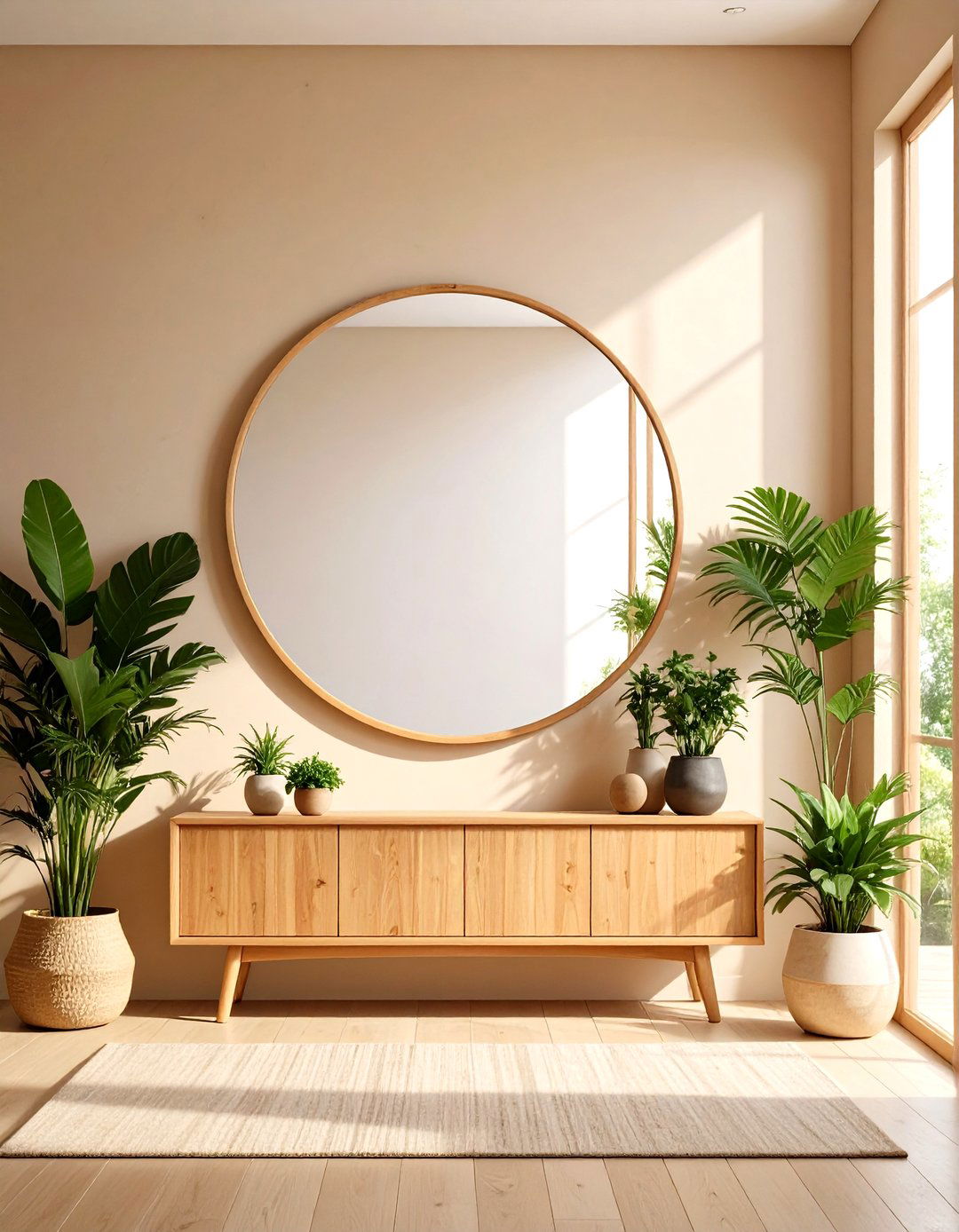
Strategic mirror placement enhances natural light and creates the illusion of space while following feng shui principles that promote positive energy flow in your bedroom environment. Position mirrors to reflect beautiful views or artwork rather than the bed itself, which can create restless energy that disrupts sleep patterns. Use mirrors with decorative frames that complement your Asian-inspired theme, such as carved wood or bamboo-style designs that add visual interest. The reflection of light throughout the room creates a brighter, more spacious feeling that enhances the overall ambiance. Avoid placing mirrors directly opposite the bed or facing doors, as this can create energy imbalances that affect sleep quality and relationship harmony.
18. Thai Lotus Flower Decorative Motifs
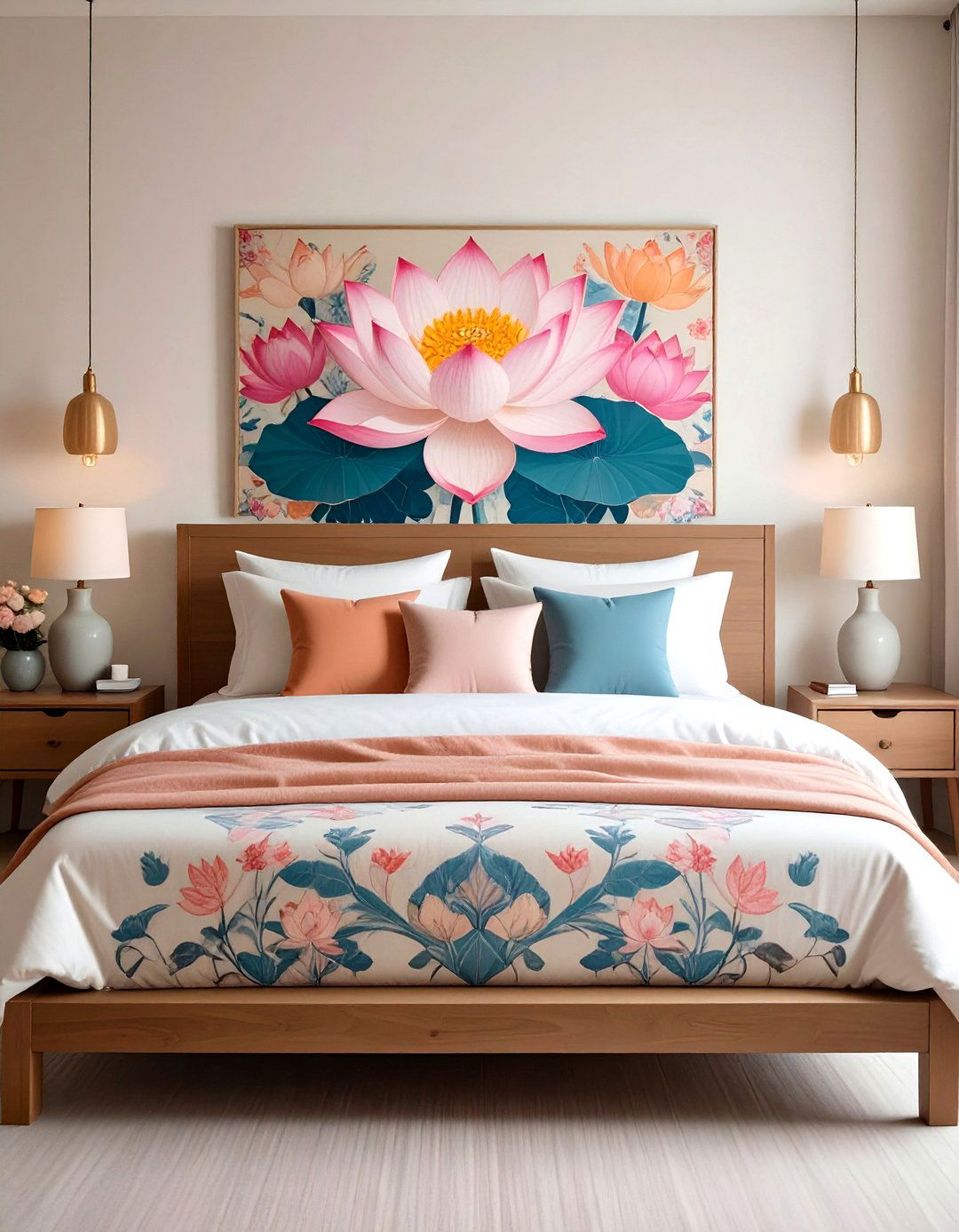
Incorporate lotus flower designs through artwork, textiles, or decorative objects that symbolize purity, enlightenment, and spiritual growth in Buddhist tradition. These motifs can appear in subtle forms like pillow patterns, wall art, or ceramic accessories that add meaningful symbolism without overwhelming the peaceful bedroom atmosphere. The lotus represents rising above challenges to achieve beauty and wisdom, making it an appropriate symbol for the bedroom where you rest and rejuvenate. Choose designs in soft, natural colors that complement your overall color scheme while maintaining the serene environment essential for quality sleep. Fresh lotus flowers in a simple vase create a living connection to this powerful symbol when available seasonally.
19. Asian-Inspired Lighting Design
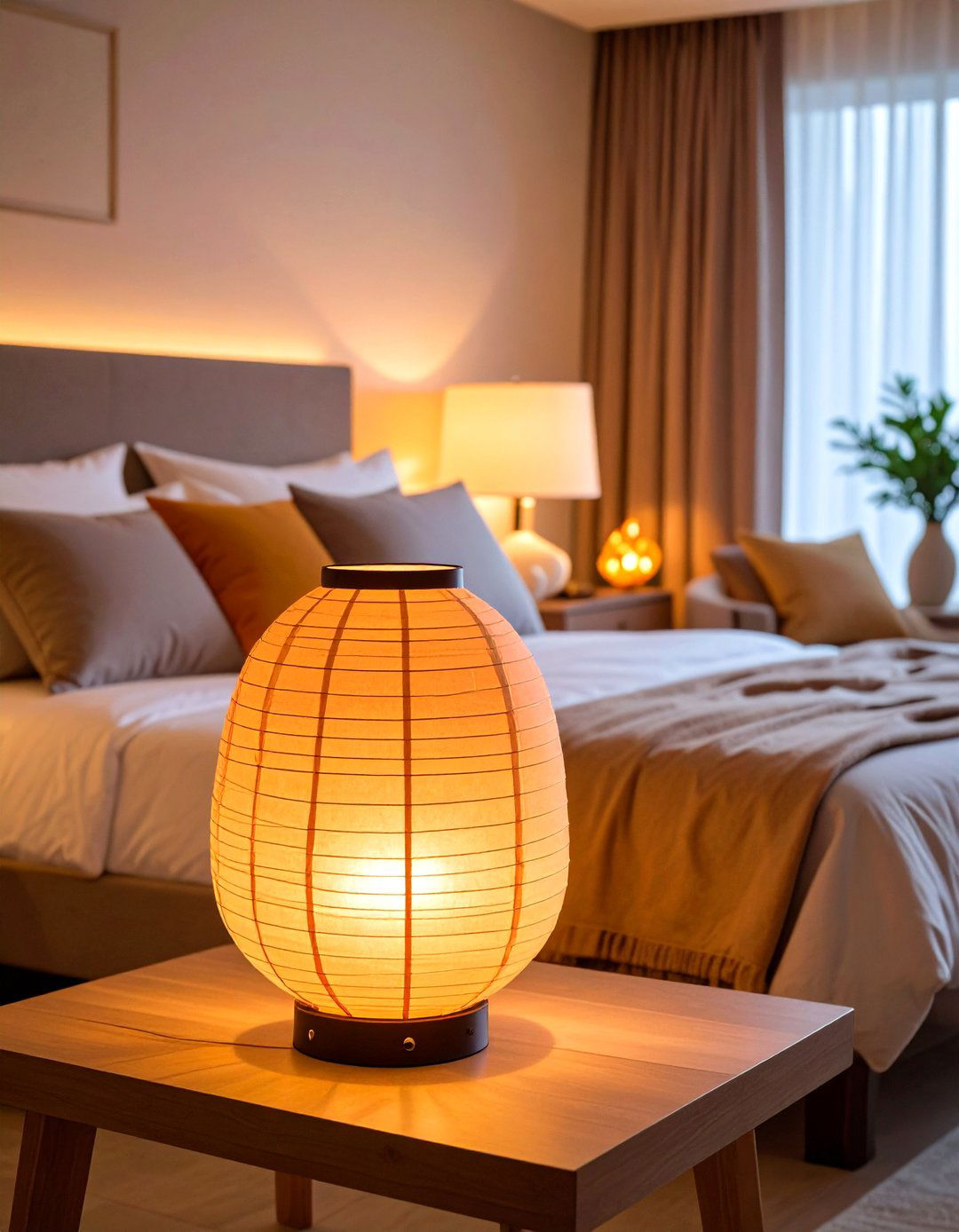
Layer different lighting sources to create a warm, inviting atmosphere that supports both relaxation and functional needs throughout your bedroom space. Use paper lanterns for ambient lighting that creates soft, diffused illumination reminiscent of traditional Asian design. Add table lamps with fabric or paper shades on nightstands for reading and evening tasks. Incorporate candles for meditation and relaxation, choosing unscented varieties to avoid overwhelming the natural fragrances in your bedroom. The combination of warm, soft lighting sources eliminates harsh shadows and creates a peaceful environment that promotes better sleep quality. Consider smart lighting systems that allow you to adjust brightness and color temperature throughout the day.
20. Modern Asian Bedroom Storage Solutions
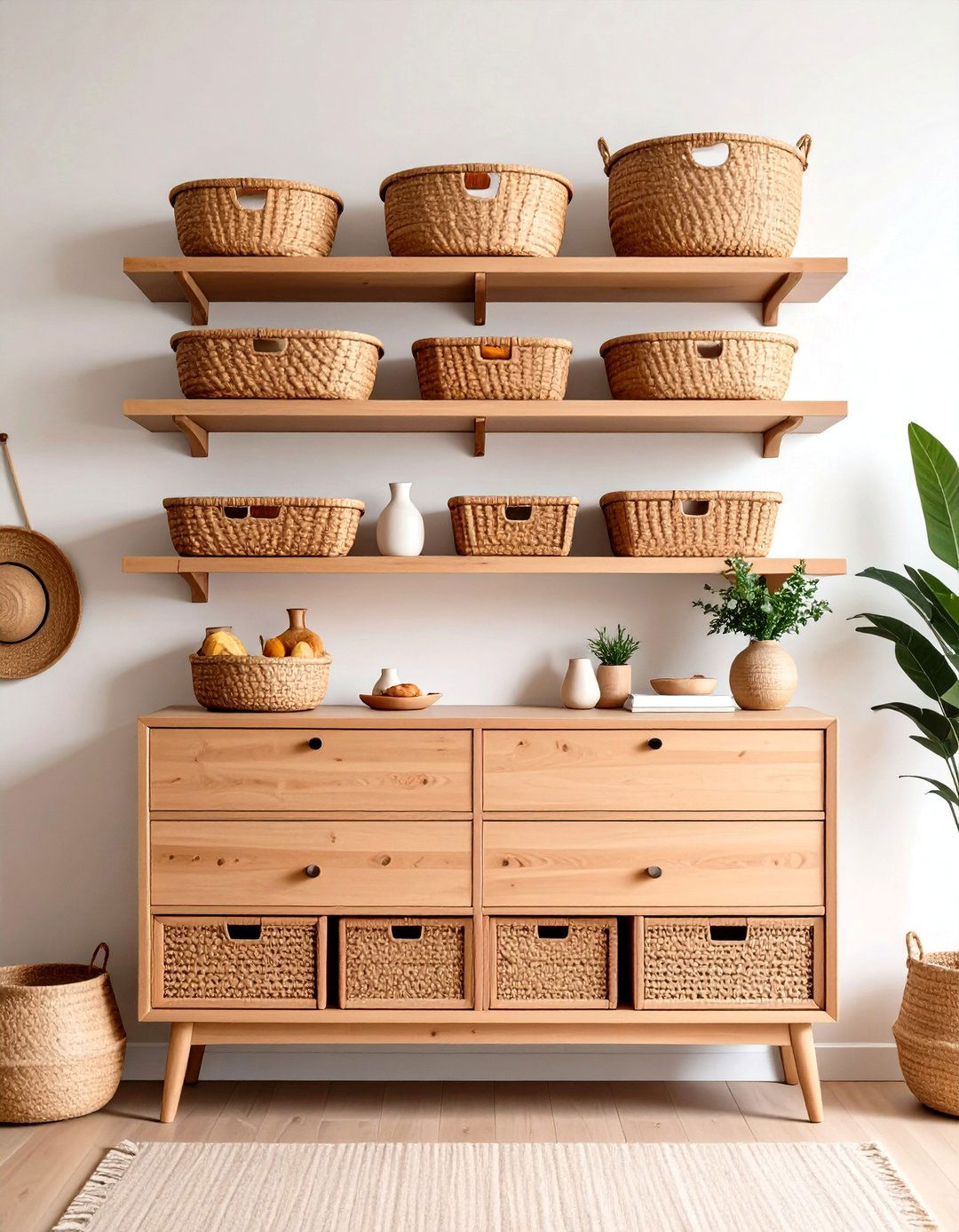
Integrate hidden storage solutions that maintain the clean, uncluttered aesthetic essential to Asian bedroom design while providing practical organization for modern living needs. Use low dressers with simple hardware and natural wood finishes that blend seamlessly with your overall design theme. Install floating shelves in natural materials like bamboo or wood to display meaningful objects while keeping surfaces clear. Choose storage containers made from natural materials like woven baskets or wooden boxes that add texture while concealing everyday items. The key to Asian-inspired storage is maintaining visual simplicity while ensuring everything has a designated place that supports the peaceful, organized environment essential for restful sleep.
Conclusion:
Asian bedroom design offers timeless principles that transform ordinary sleeping spaces into extraordinary sanctuaries of peace and renewal. These design approaches honor centuries of wisdom while adapting beautifully to contemporary living needs, proving that authentic style transcends fleeting trends. Whether you embrace the minimalist elegance of Japanese aesthetics, the harmonious energy flow of Chinese feng shui, the natural warmth of Korean hanok traditions, or the tropical luxury of Thai design, each element contributes to creating a bedroom environment that supports both physical rest and spiritual well-being. The true beauty of Asian-inspired bedrooms lies in their ability to create profound calm through thoughtful simplicity, natural materials, and purposeful design choices that nurture your daily journey toward balance and inner peace.


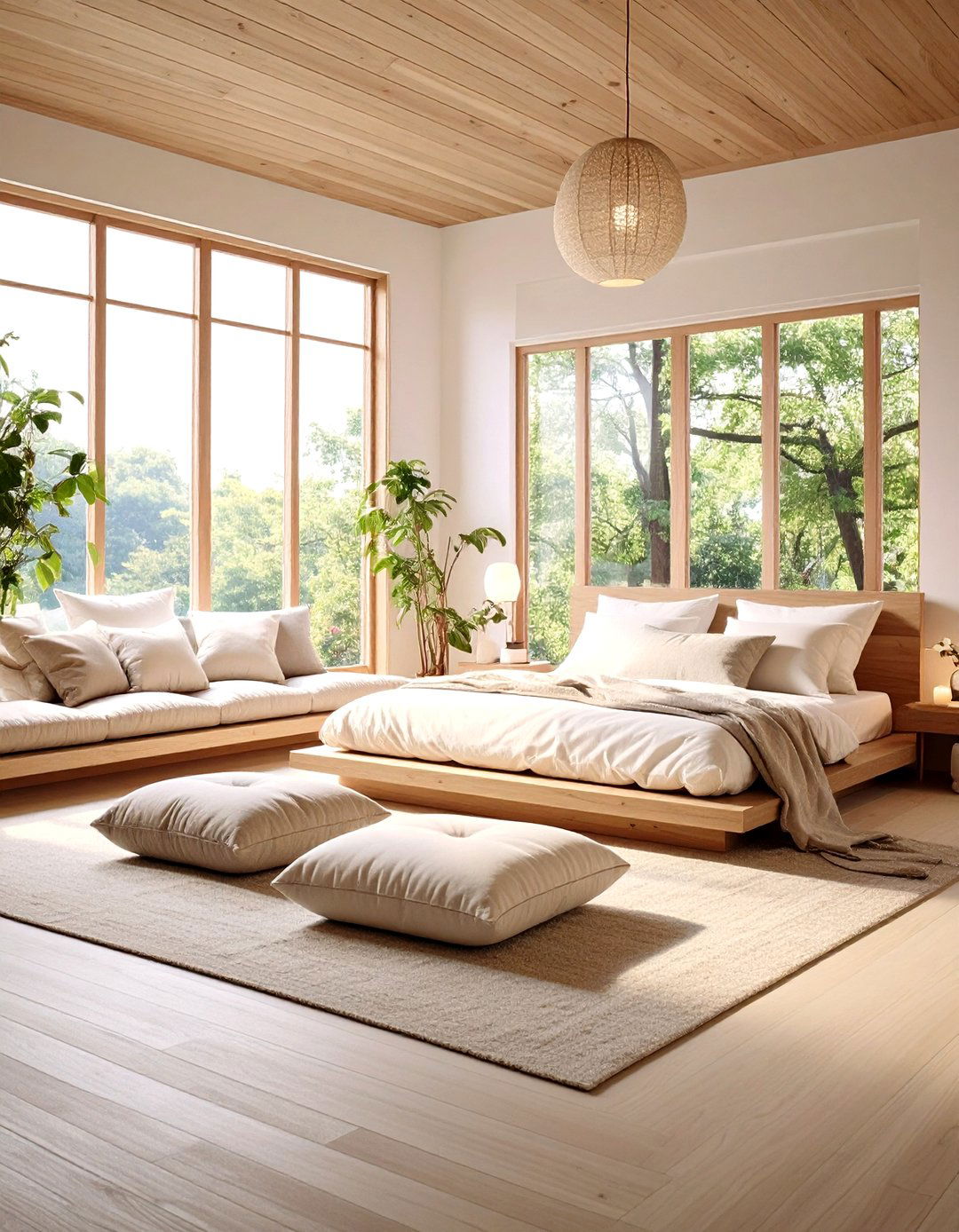
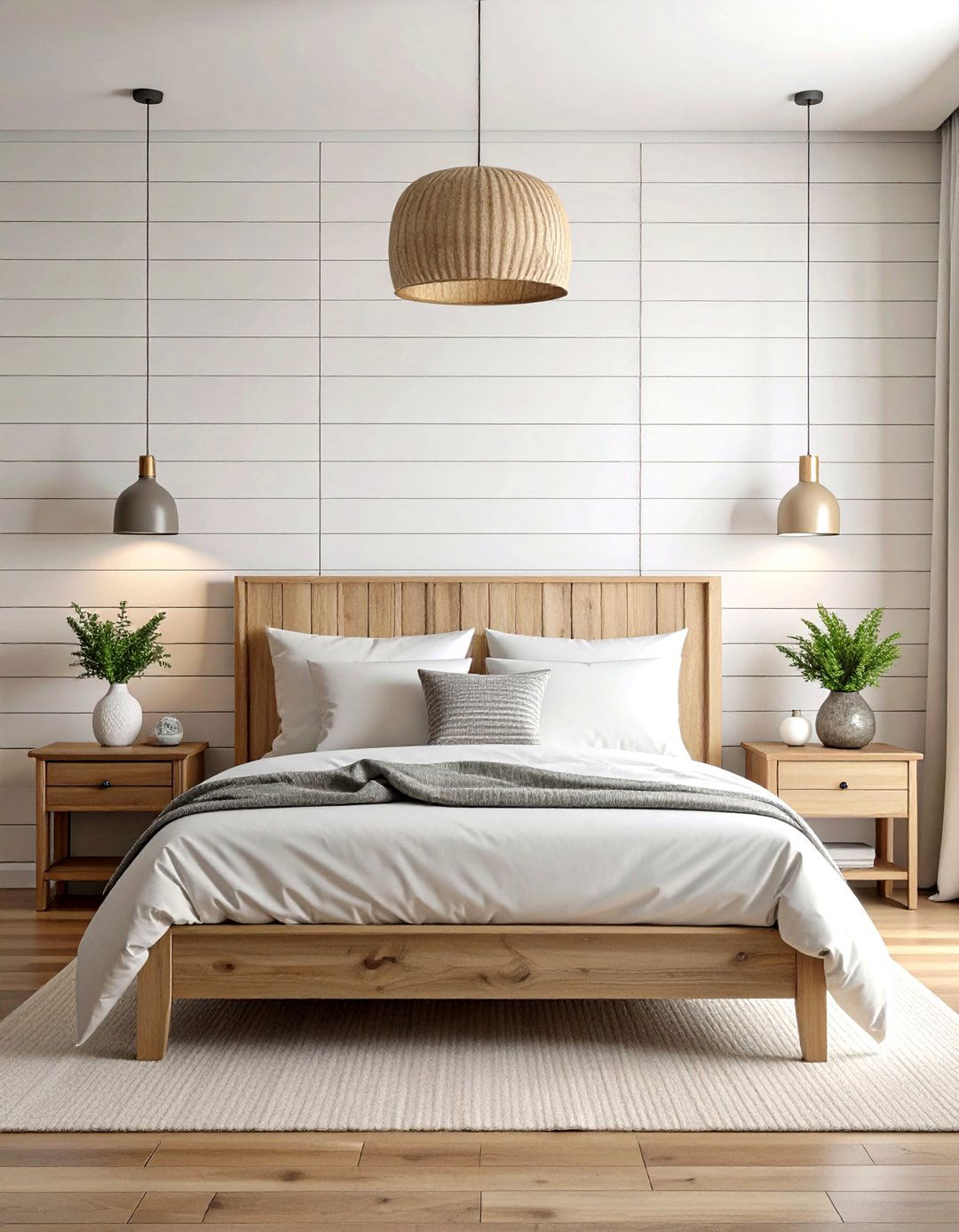

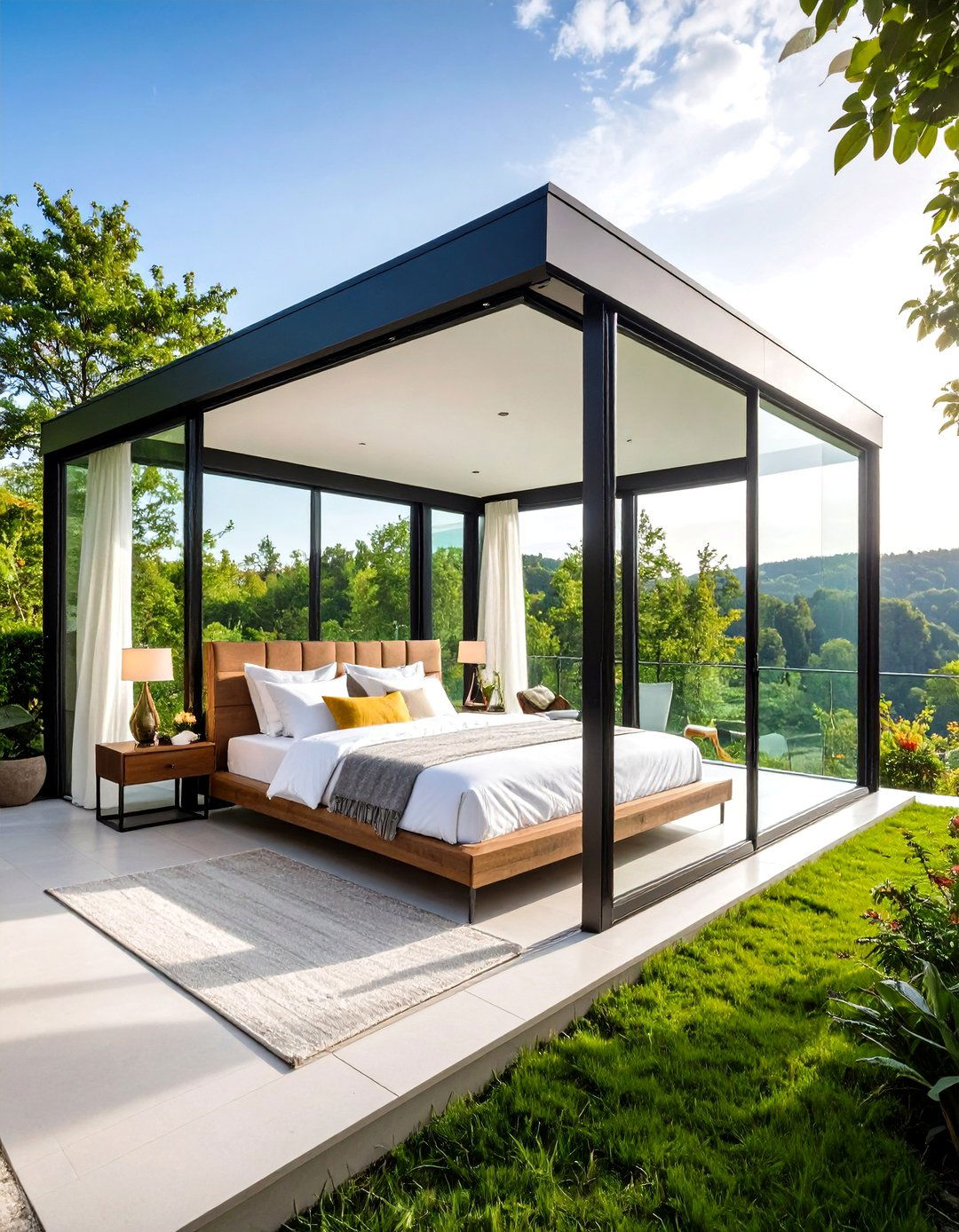

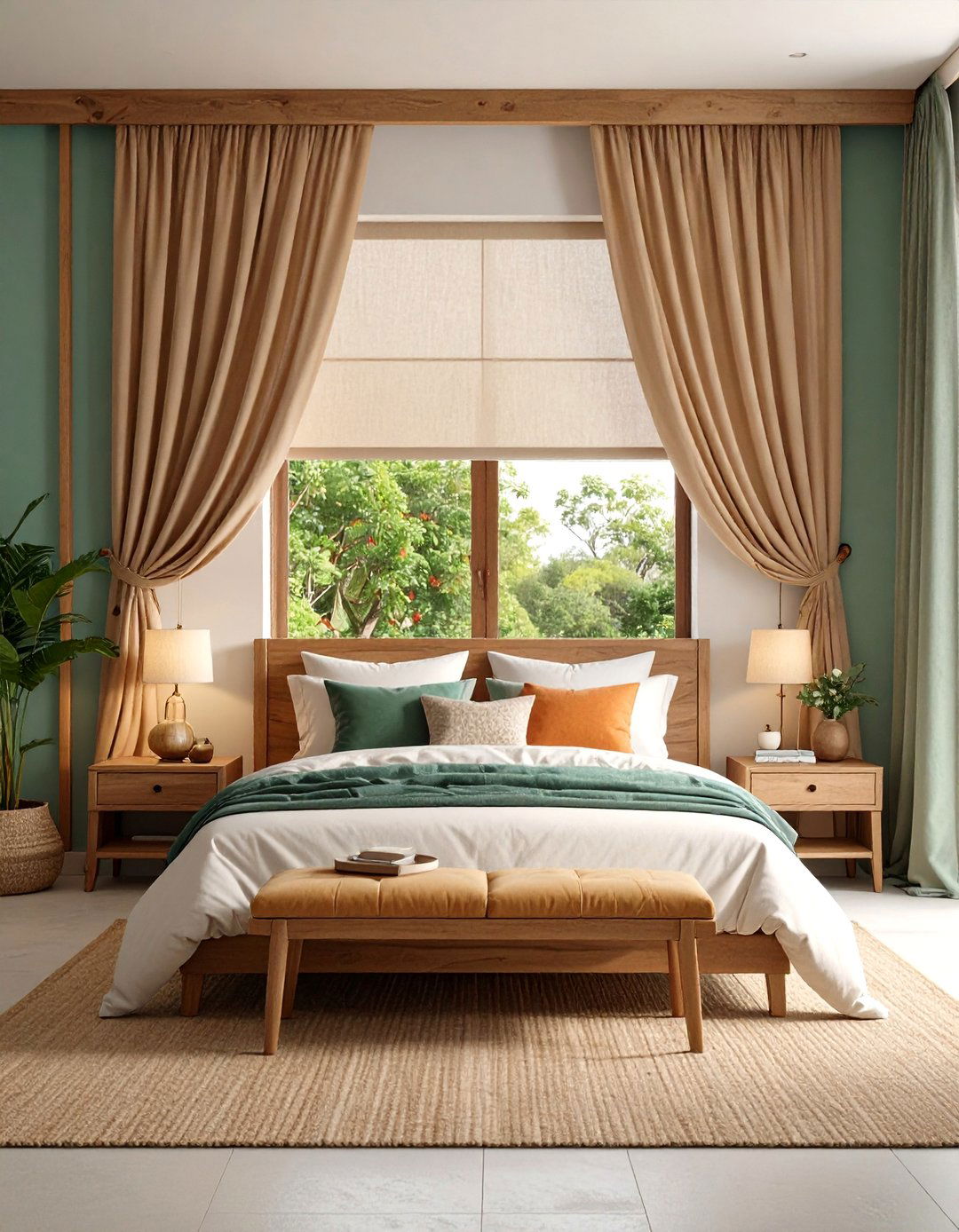
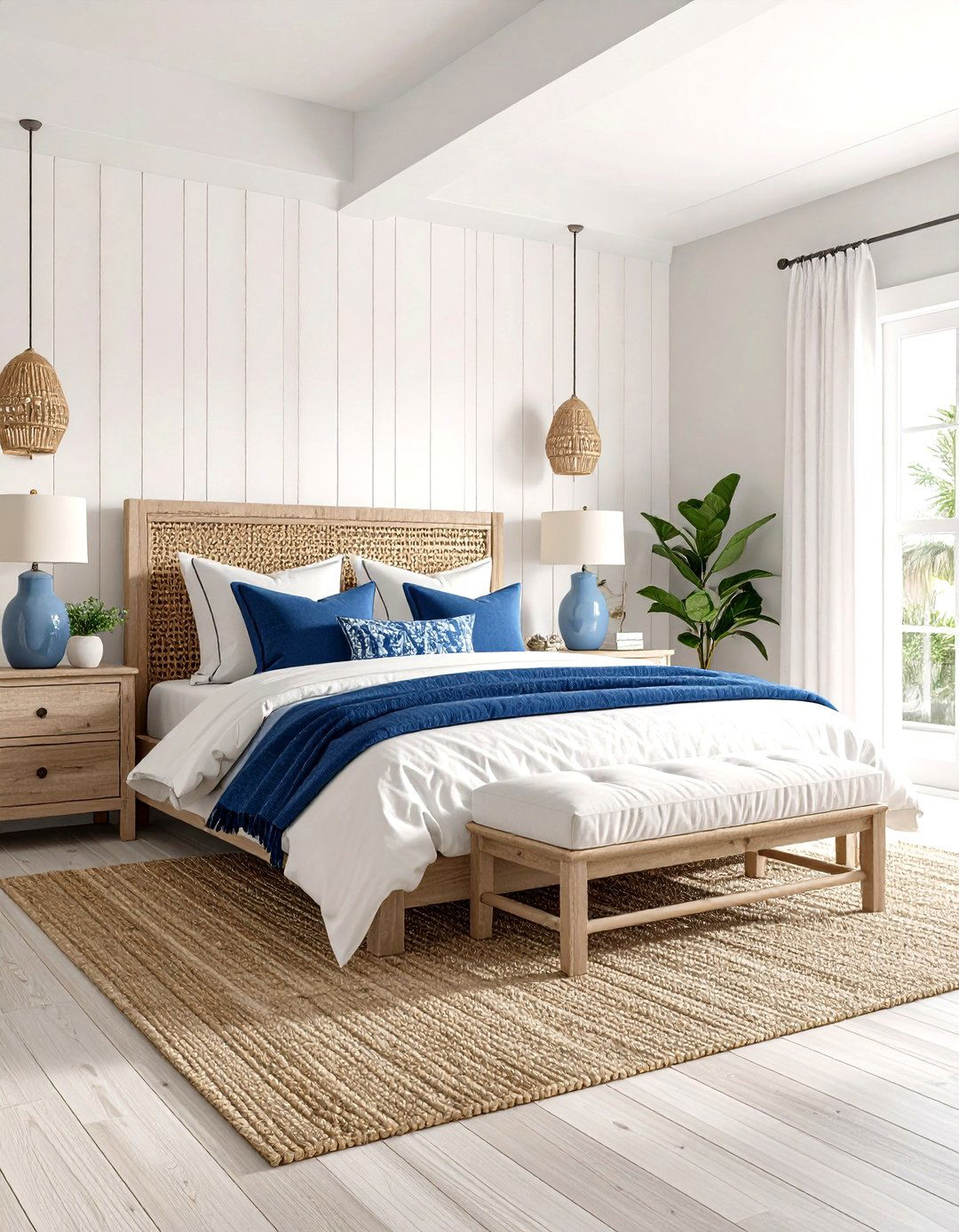
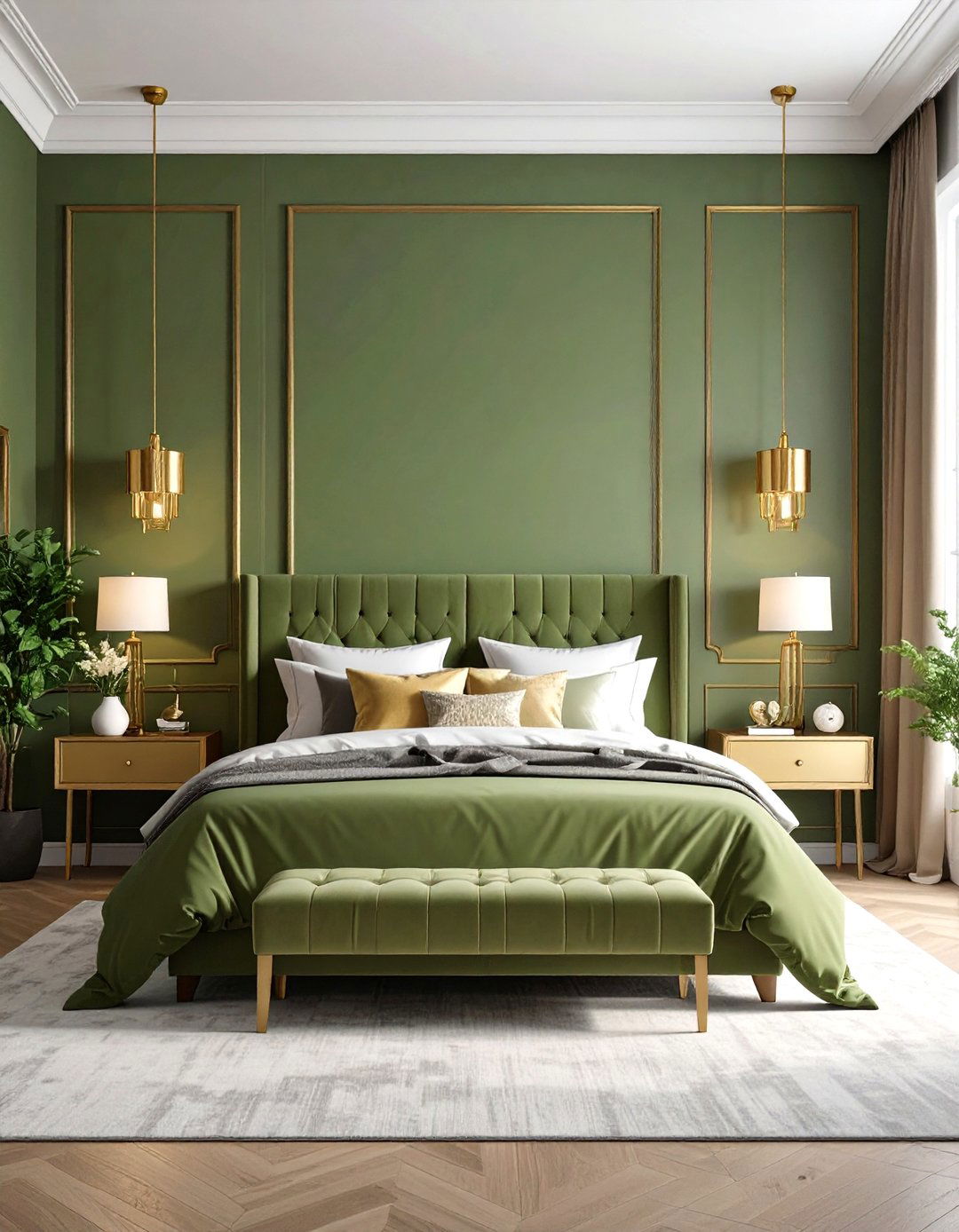
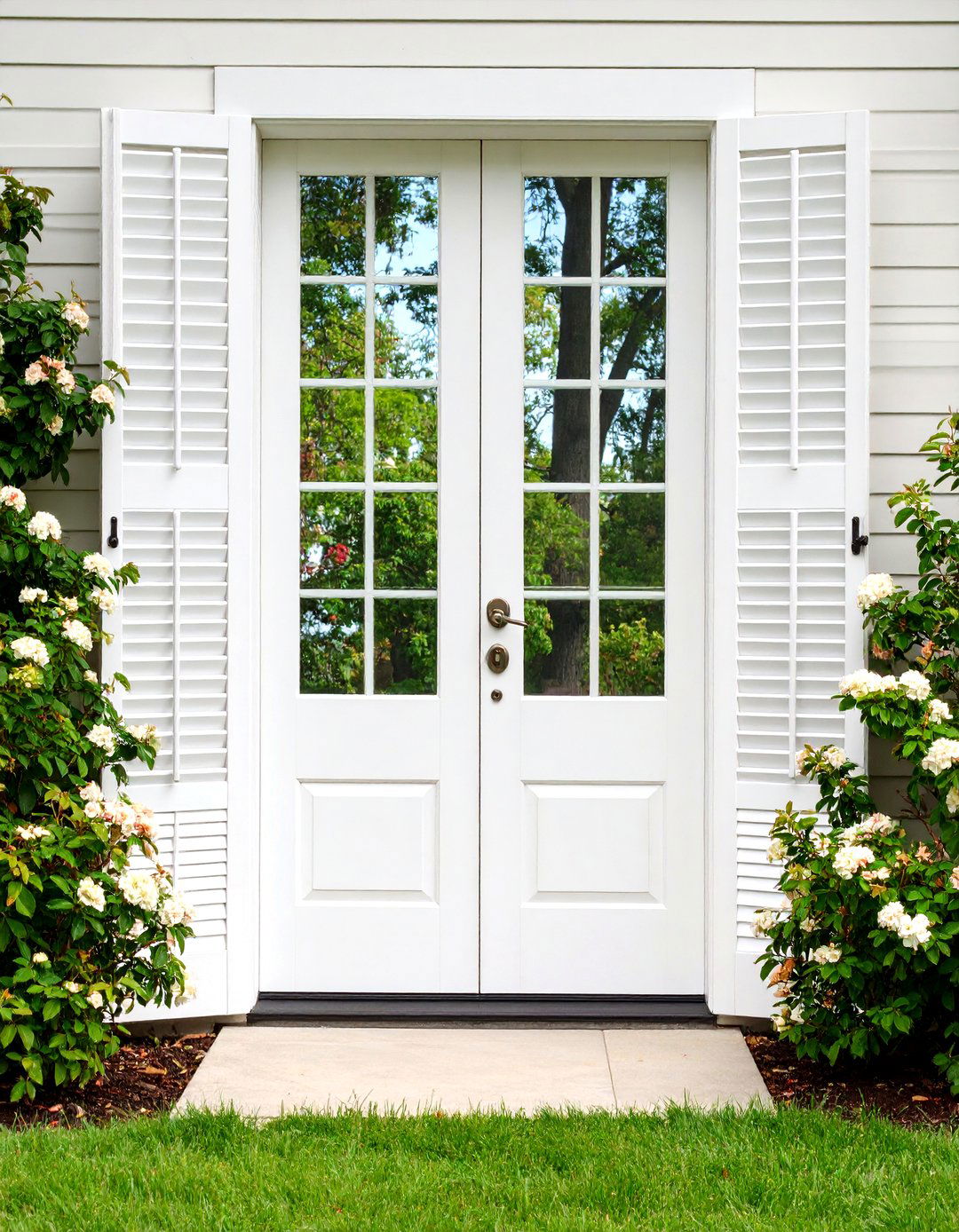
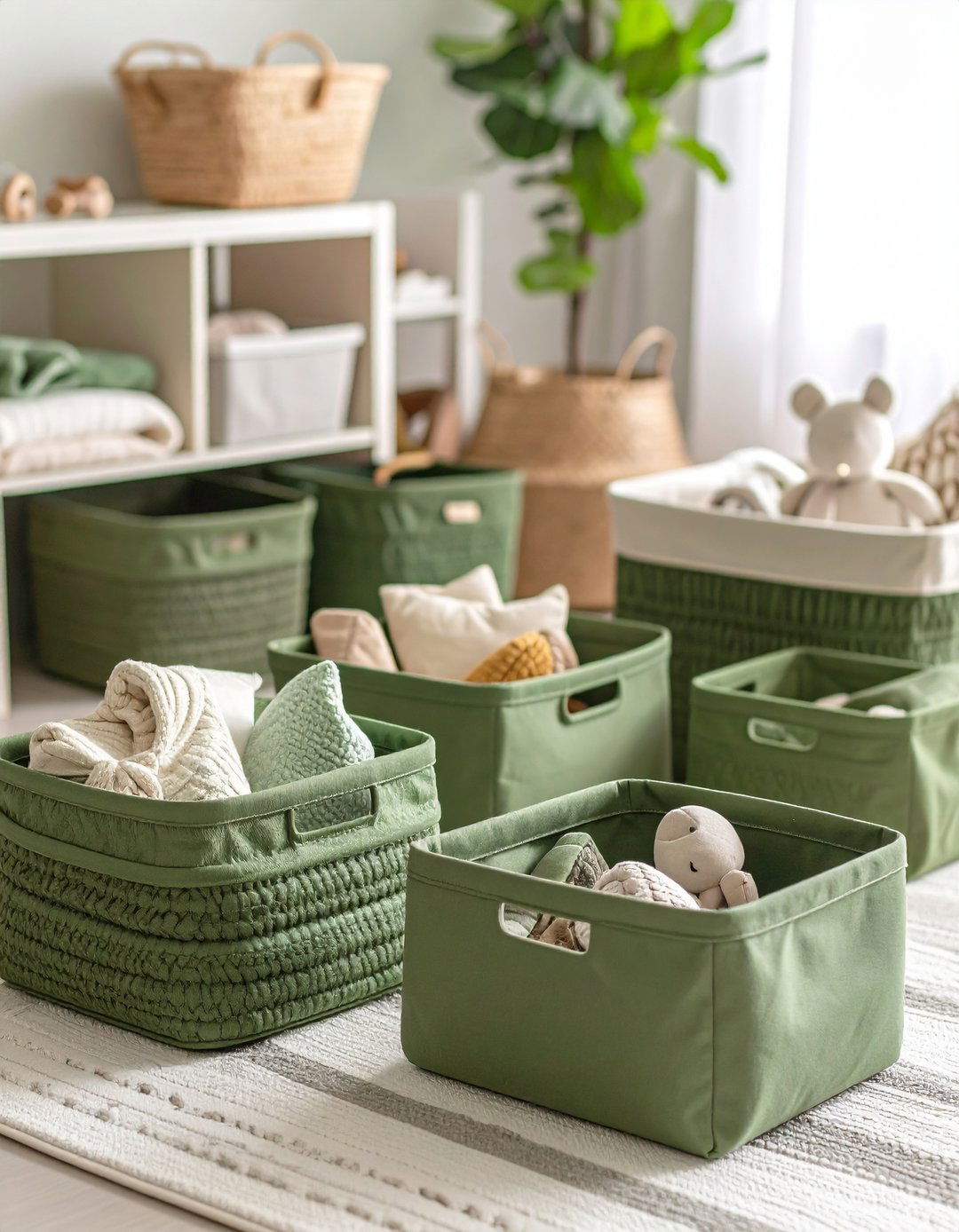
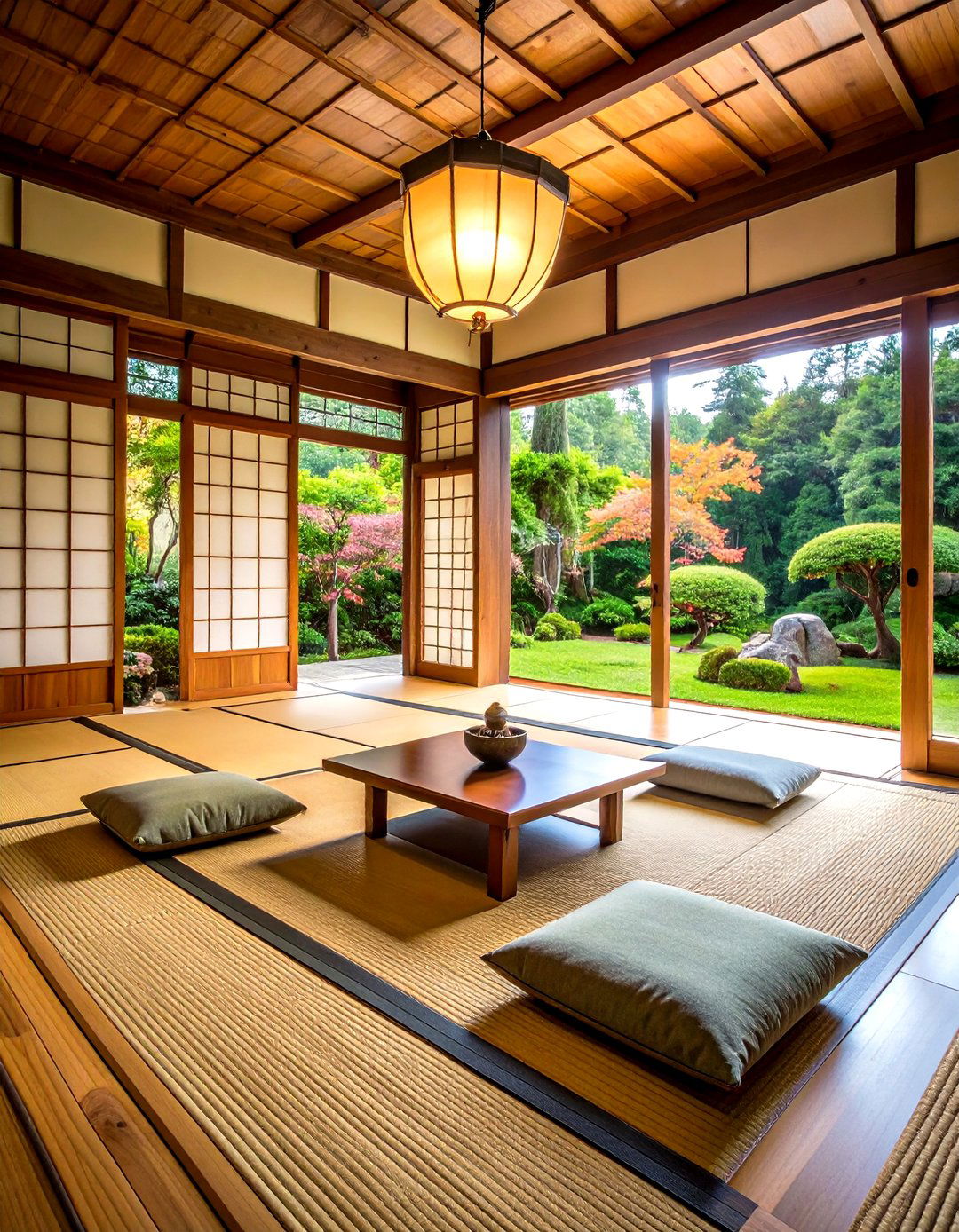
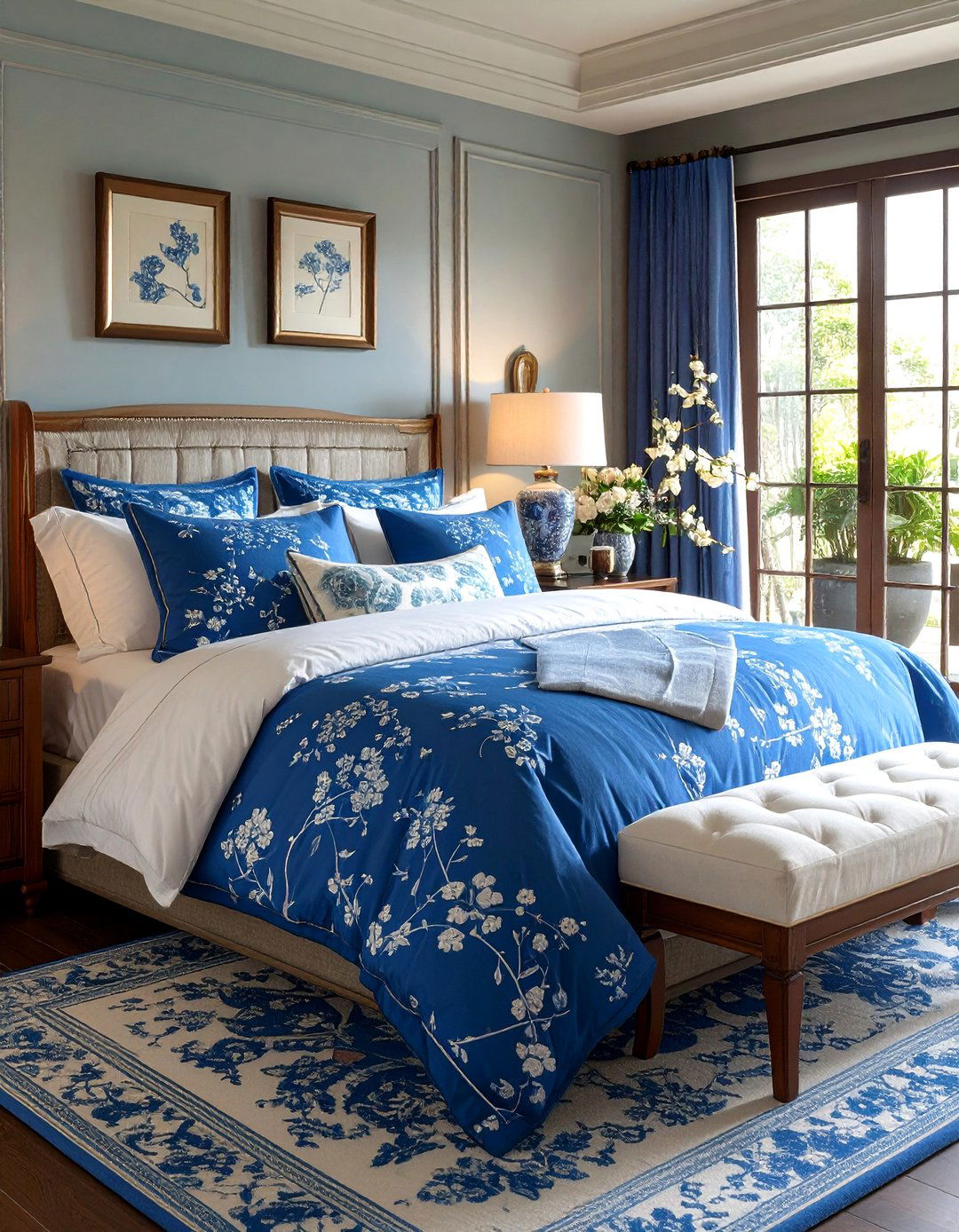
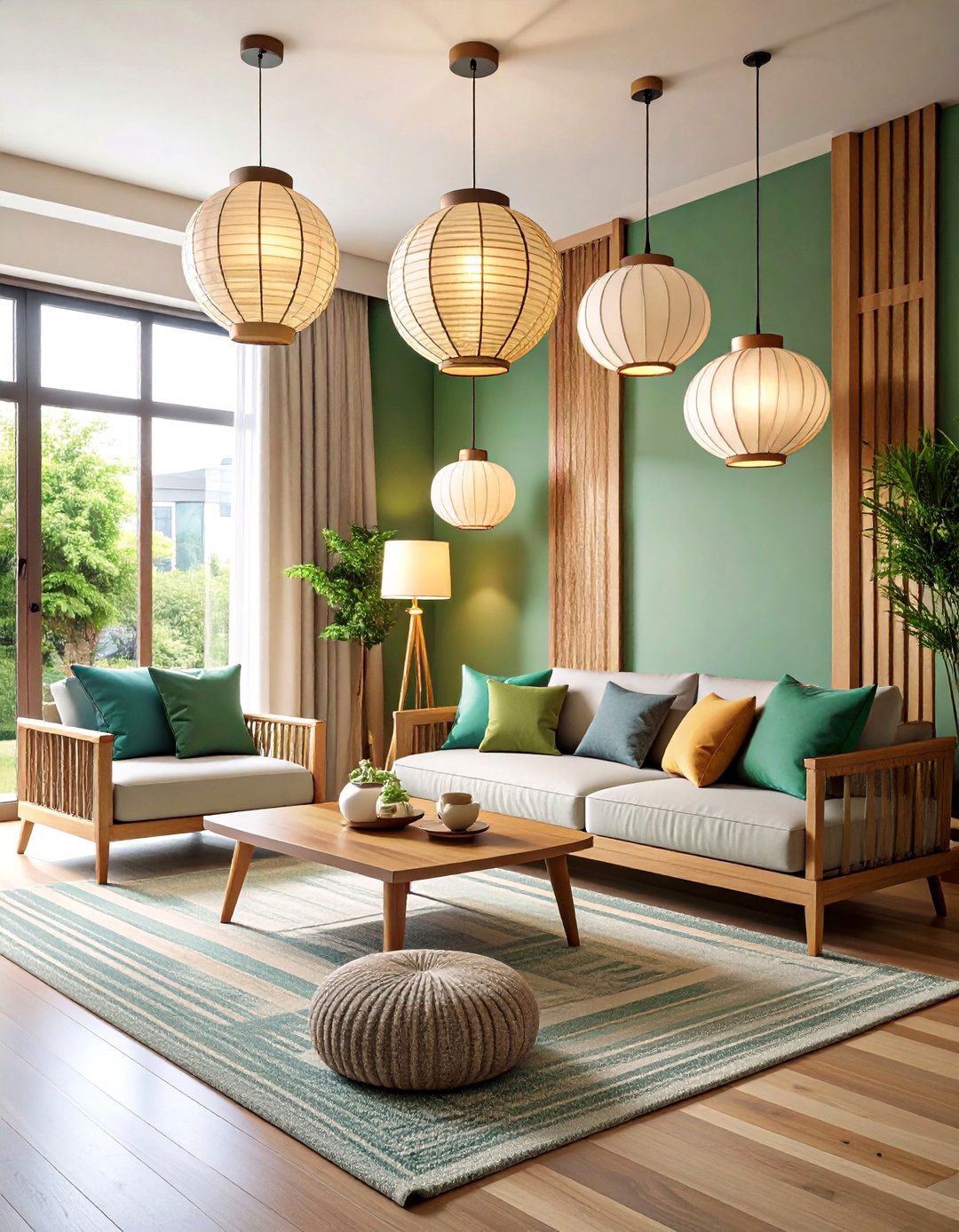

Leave a Reply